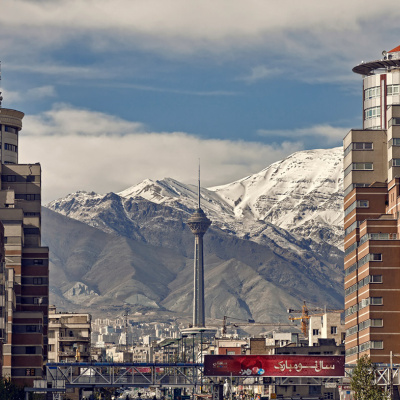
Rewritten Title:
Iran’s Strategic Resilience: How Self-Sufficiency Forged Military and Diplomatic Strength
Iran’s Historical Resistance and the Path to Self-Reliance
In an analysis for Iranian Diplomacy, political scientist Majid Sayadanvard highlights Iran’s enduring resilience in the face of external threats. Drawing parallels between the eight-year imposed war with Saddam Hussein’s Iraq and contemporary geopolitical pressures, he underscores how Iran’s national identity—rooted in a blend of Iranian nationalism and Shi’a Islamic ideology—has been pivotal in unifying its people, both domestically and abroad.
For over two centuries, Iran has not initiated aggression but has instead faced invasions from neighboring states and global powers. This historical reality reaffirms the necessity of the Islamic Republic’s self-sufficient defense strategy—a doctrine shaped by Iran’s unique geopolitical isolation in West Asia and the Middle East.
The Geopolitical Isolation and Strategic Response
Iran’s self-reliance stems from centuries of standing alone amid regional turbulence. Western and Eastern bloc military support for Saddam’s invasion, the silence of Gulf Arab states, and the passive stance of many Islamic nations reinforced Tehran’s resolve to pursue military and economic independence.
This strategy has been further validated by destabilizing forces in neighboring countries—such as the rise of extremist groups like Al-Qaeda and ISIS, Saudi Arabia’s ideological and geopolitical rivalries, and Turkey’s ethno-nationalist and economic pressures. Concurrently, U.S.-led sanctions aimed at weakening Iran’s governance have only strengthened its commitment to self-sufficiency.
The Evolution of National Identity
Beyond geopolitics, Iran’s distinct cultural, linguistic, and civilizational heritage has cultivated a self-reliant identity. Over the past two decades, a renewed emphasis on Iranian symbols, historical milestones, and national pride has emerged, reflecting a societal shift toward a unifying national consciousness.
This evolving identity is reinforced by digital connectivity, social media, and a collective effort to preserve Iran’s sovereignty against external pressures. Even within Shi’a religious discourse, Iran’s leadership has championed an independent political Islam—framed as “pure Muhammadan Islam”—in contrast to perceived Western-influenced interpretations.
Diplomacy and Resistance: A Dual Strategy
Iran’s current approach blends diplomacy with strategic resistance, fostering a new Iranian-Islamic identity capable of navigating global challenges. Despite economic hardships and social complexities, the Iranian people remain steadfast in defending their political, cultural, and social sovereignty.
Key pillars of this identity include:
- Anti-Imperialism: Opposition to Western hegemony, particularly U.S. and Zionist policies.
- Religious Governance: The fusion of state and religion under the Wilayat al-Faqih doctrine.
- Economic Resilience: The Resistance Economy model, emphasizing self-sufficiency under sanctions.
- Scientific and Cultural Achievements: Iran’s youth excelling in technology, science, and sports despite external pressures.
Unity Over Division: Rejecting Ethnic Fragmentation
Attempts to pit nationalism against religious solidarity (Ummah consciousness) only serve external adversaries. Iran’s strength lies in the harmonious integration of its Iranian and Islamic identities. Marginalizing nationalism risks exacerbating ethnic divisions, particularly in border regions with shared ties to neighboring states.
To counter foreign-backed separatist agendas, Iran must reaffirm its commitment to inclusive national identity—celebrating the diversity of its ethnicities, religions, and cultures while reinforcing a unified, sovereign state.
Conclusion: Resilience Through Self-Sufficiency
Iran’s historical solitude has not been a weakness but a catalyst for innovation in defense, diplomacy, and governance. By leveraging its human capital and strategic autonomy, Iran continues to navigate regional and global challenges—proving that self-reliance is the cornerstone of its enduring resilience.
Key Takeaways:
- Iran’s self-sufficiency is a response to historical isolation and external threats.
- National identity blends Iranian heritage with Islamic principles, fostering unity.
- Diplomatic and resistance strategies reinforce sovereignty amid geopolitical pressures.
- Unity and inclusivity are vital to countering foreign-influenced divisions.